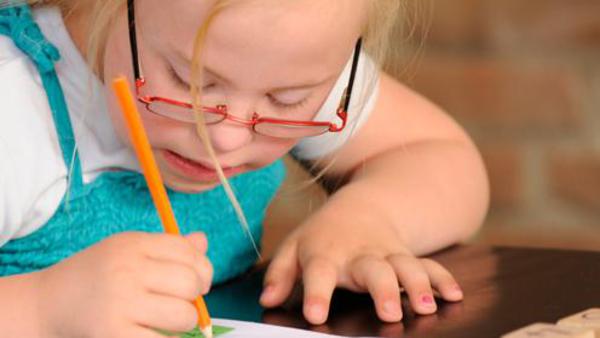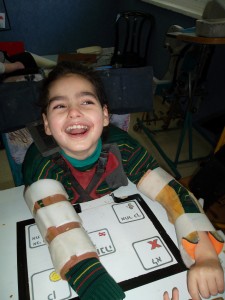 As with many disabilities, the general public is often unaware and uninformed about the causes, symptoms and lives of those who suffer from Cerebral Palsy. Here are four facts about CP that may surprise you.
As with many disabilities, the general public is often unaware and uninformed about the causes, symptoms and lives of those who suffer from Cerebral Palsy. Here are four facts about CP that may surprise you.
- Cerebral palsy is not a disease. CP is a group of disabilities that typically result due to an injury to the brain that occurs before, during, and sometimes after birth. An infection such as meningitis can also cause this disability to develop in children. CP can affect people differently and not all sufferers will have the same impairments. CP can affect muscle coordination and control, balance, reflexes and may result in visual impairment as well.
- Cerebral palsy is not contagious or progressive. Because it is a disability and not a disease, CP is not transmitted from mother to child or from person to person and it does not progress or worsen over time. While it is permanent, CP can be dealt with through physical therapy and regular exercise, which can help strengthen muscles and help sufferers deal with their impairments.
- Cerebral palsy is not necessarily painful. Sufferers of CP are not in constant pain although their impairment can lead to arthritis and many of the therapeutic exercise they perform can make muscles and joints sore.
- Cerebral palsy does not prevent one from living a normal life. While CP certainly presents many challenges to those inflicted with it, it does not prevent people from leaving happy fulfilled lives, getting married, working and raising children.












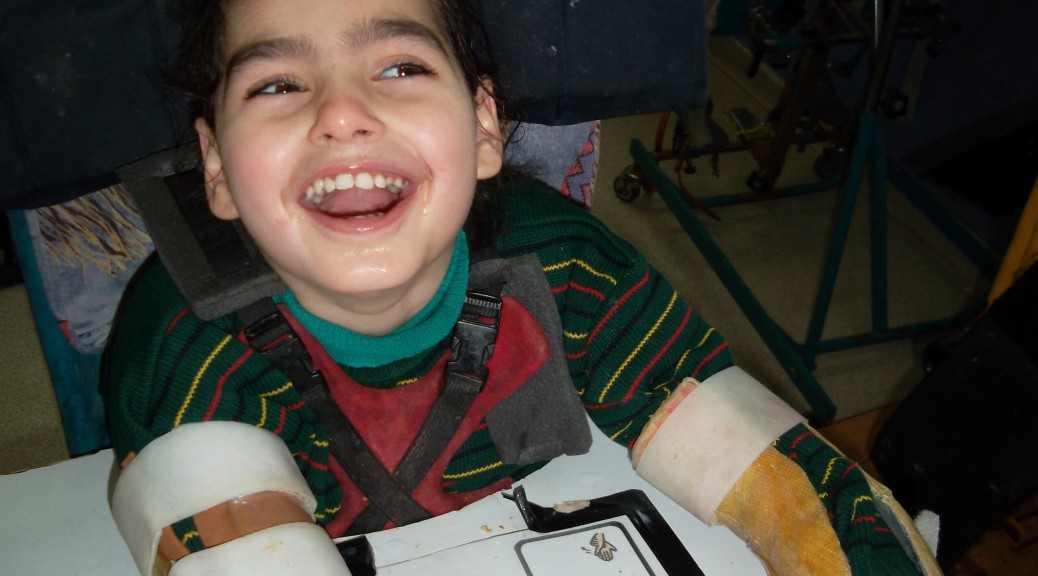
![16364681918_feb5286247_s[1]](http://www.tikvahlayeled.org/blog/wp-content/uploads/2015/04/16364681918_feb5286247_s1.jpg)
 For children born with cerebral palsy there are many challenges they will have to overcome. Physically, the child with CP may have difficulties with simple motor skills. The child may have trouble with speech, mobility, holding utensils — even feeding themselves may present obstacles for them on a daily basis. Cerebral palsy is a condition the develops either before or at birth and results from damage to the brain. While some mental impairment is not uncommon, many children are fully aware of their disability. They know that they are different from other children and this can become more pronounced as the child grows older and comes into contact with the outside world. It is important then that these children are made to feel accepted and loved by parents, teachers, caregivers and other children. This acceptance will better equip them for the challenges they have been presented with in life.
For children born with cerebral palsy there are many challenges they will have to overcome. Physically, the child with CP may have difficulties with simple motor skills. The child may have trouble with speech, mobility, holding utensils — even feeding themselves may present obstacles for them on a daily basis. Cerebral palsy is a condition the develops either before or at birth and results from damage to the brain. While some mental impairment is not uncommon, many children are fully aware of their disability. They know that they are different from other children and this can become more pronounced as the child grows older and comes into contact with the outside world. It is important then that these children are made to feel accepted and loved by parents, teachers, caregivers and other children. This acceptance will better equip them for the challenges they have been presented with in life.![39acb967dbbb9959cd9b8a3ced4026ea[1]](http://www.tikvahlayeled.org/blog/wp-content/uploads/2015/04/39acb967dbbb9959cd9b8a3ced4026ea1.jpg)







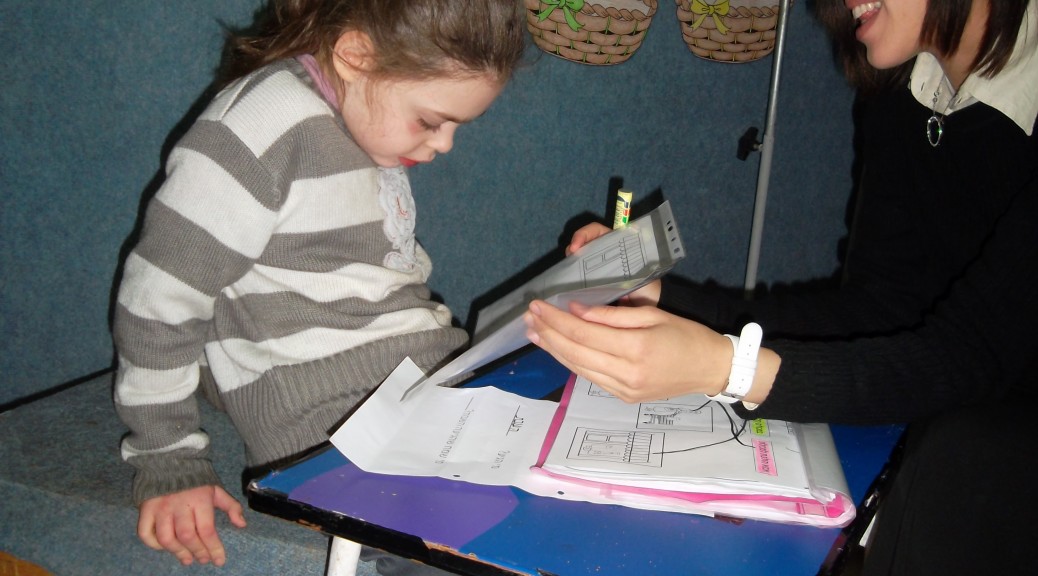
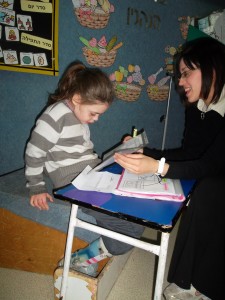
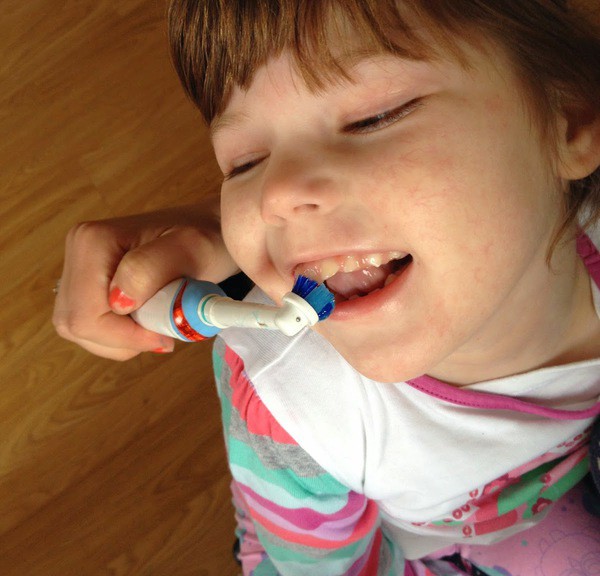


![692f60d926cb9fd34fa06ea42768d44f[1]](http://www.tikvahlayeled.org/blog/wp-content/uploads/2015/02/692f60d926cb9fd34fa06ea42768d44f1.jpg)


